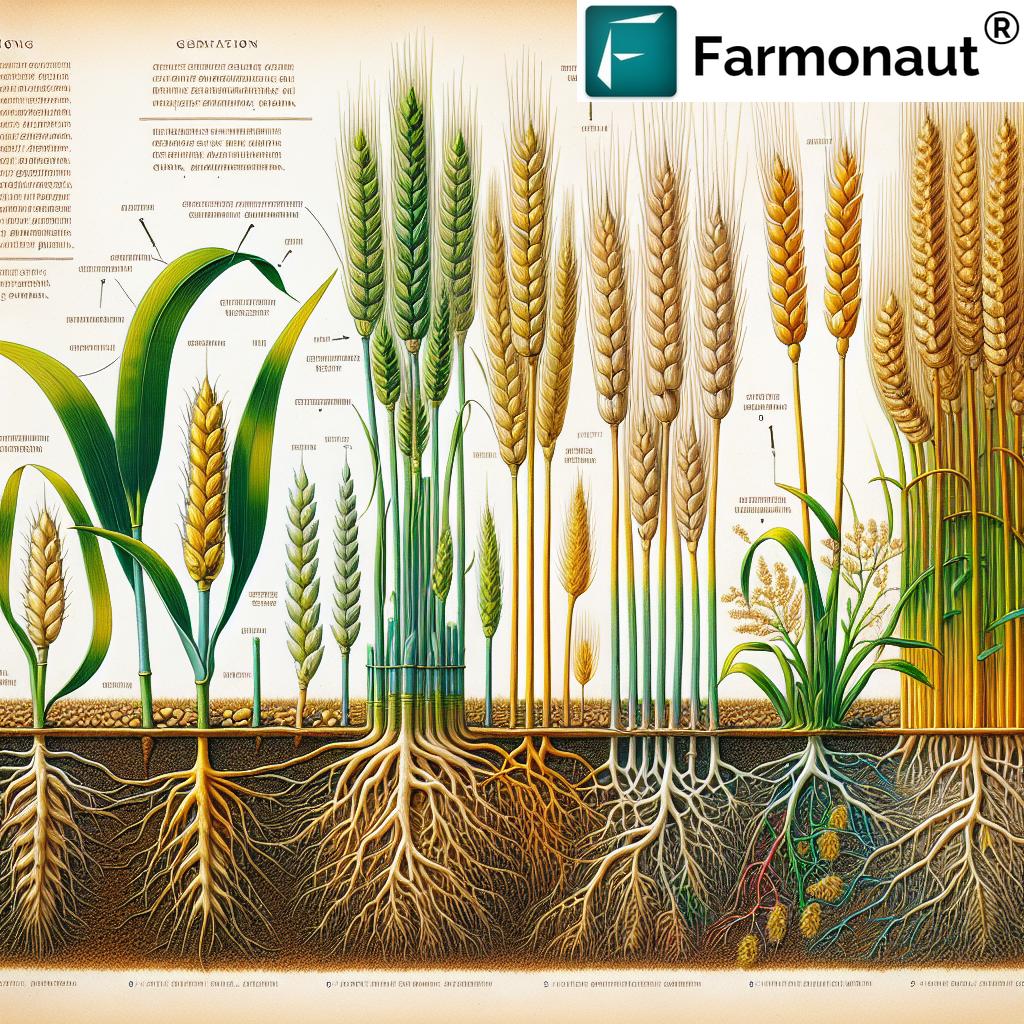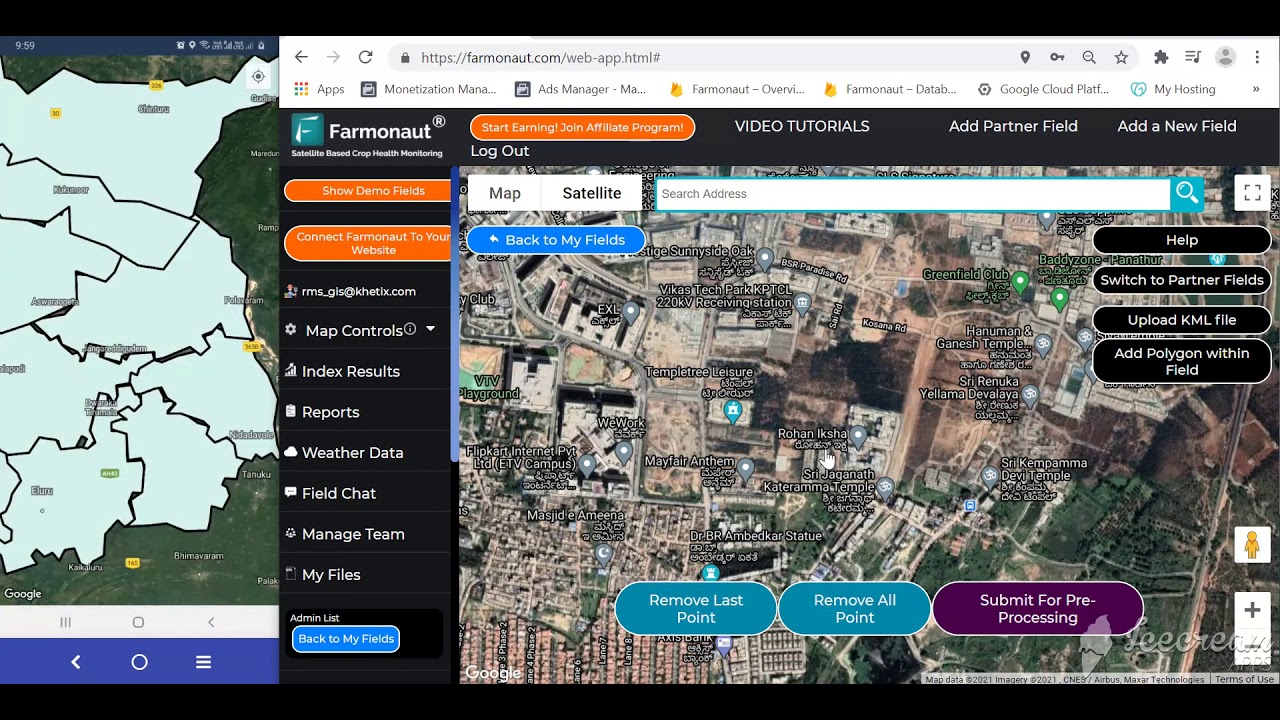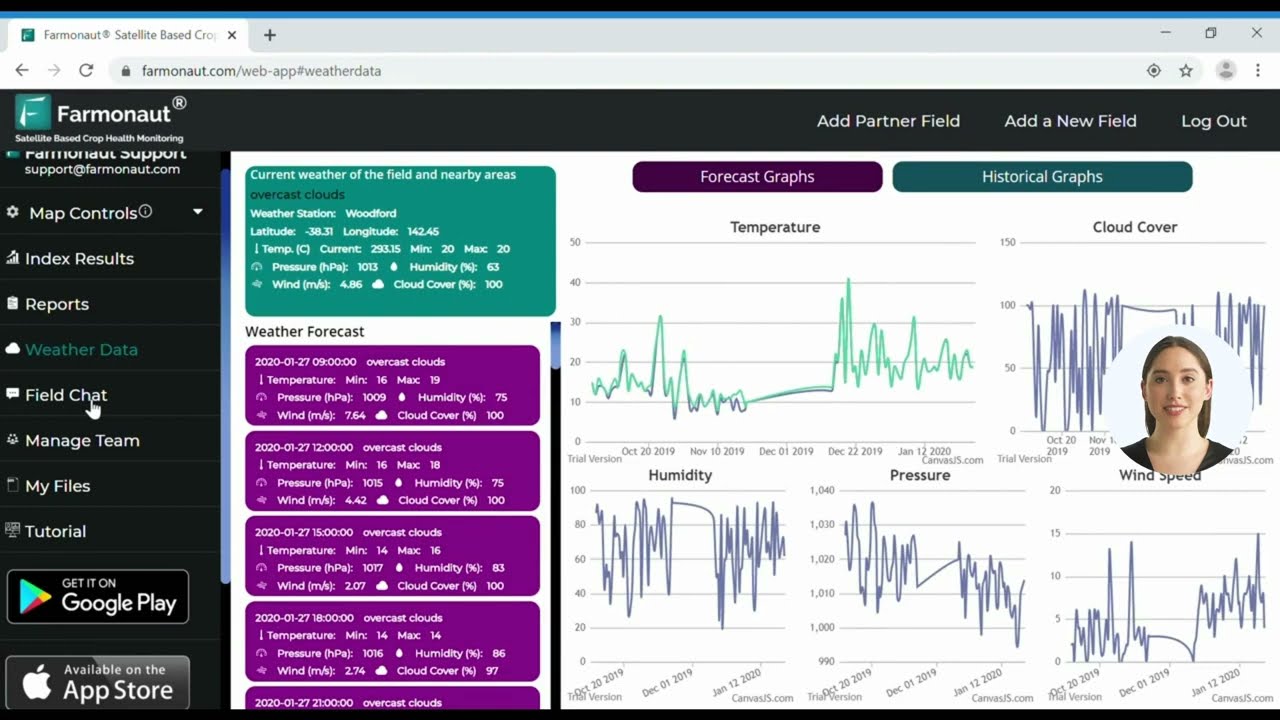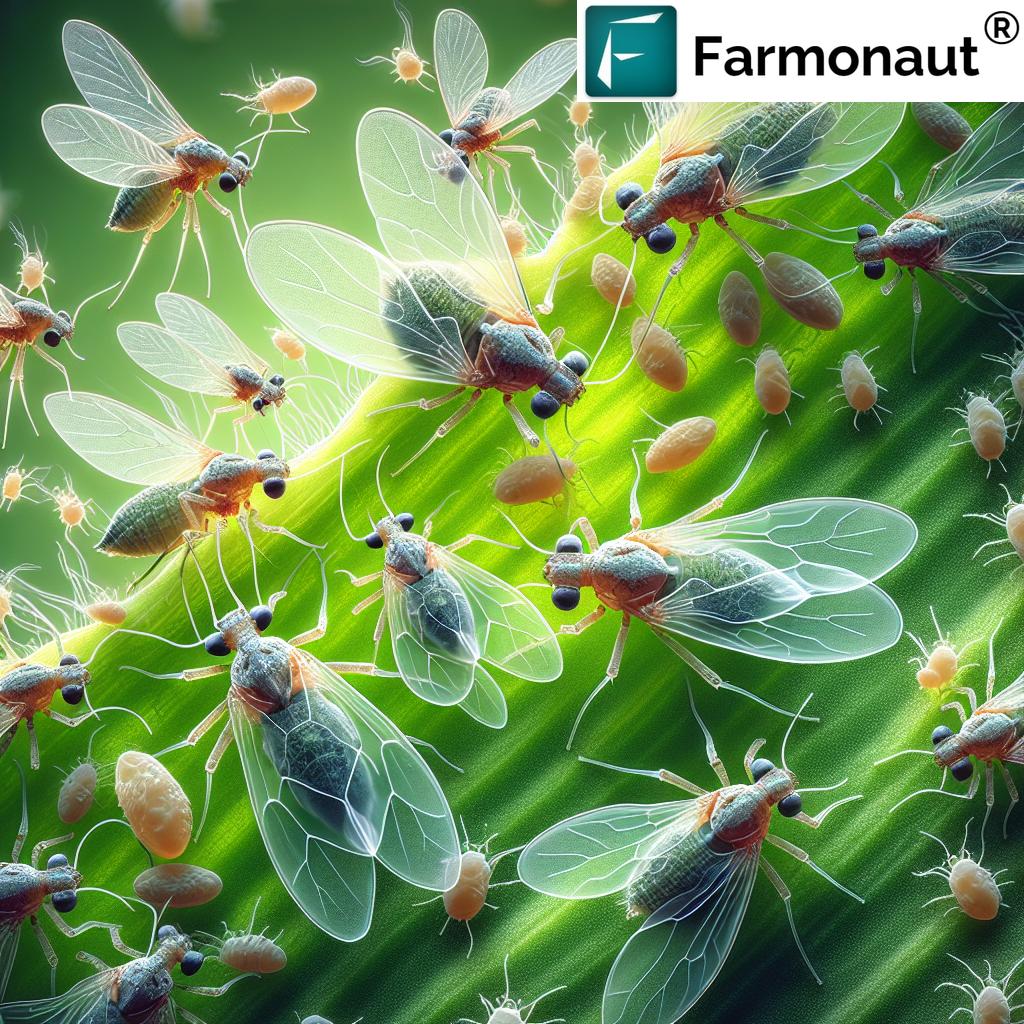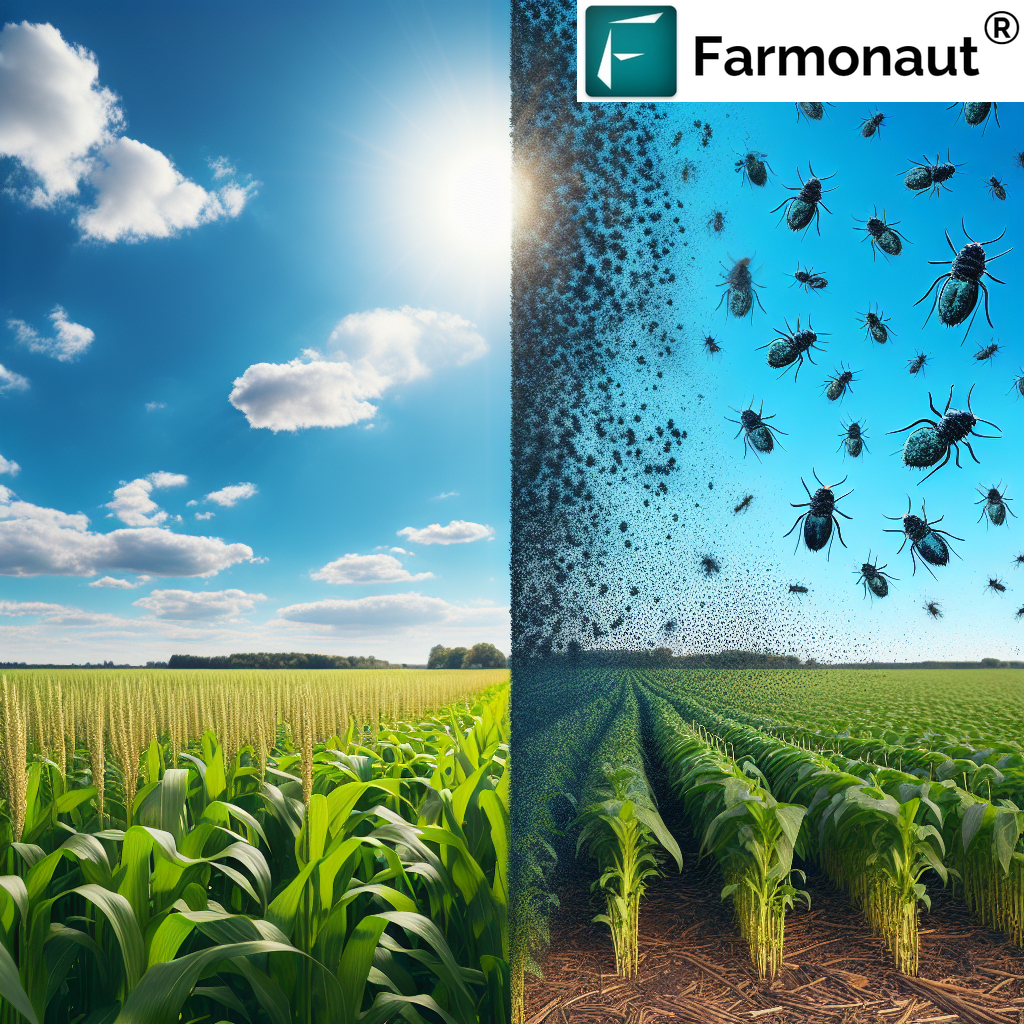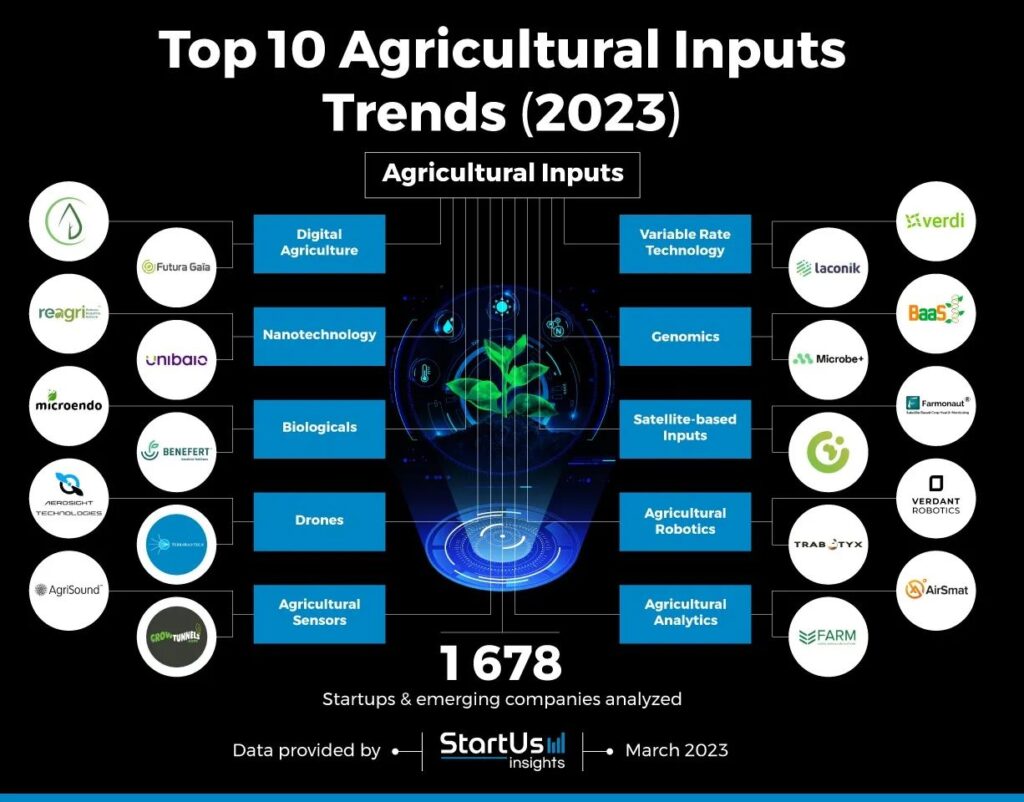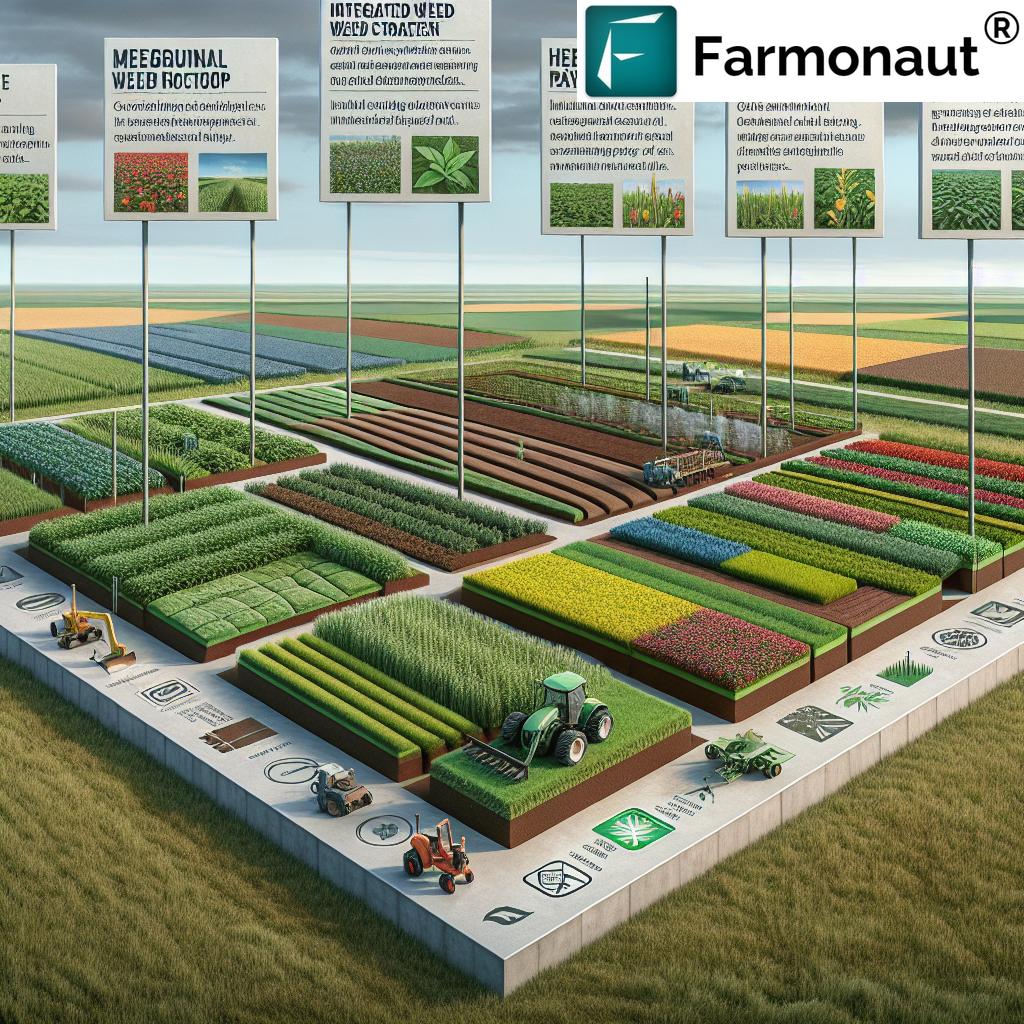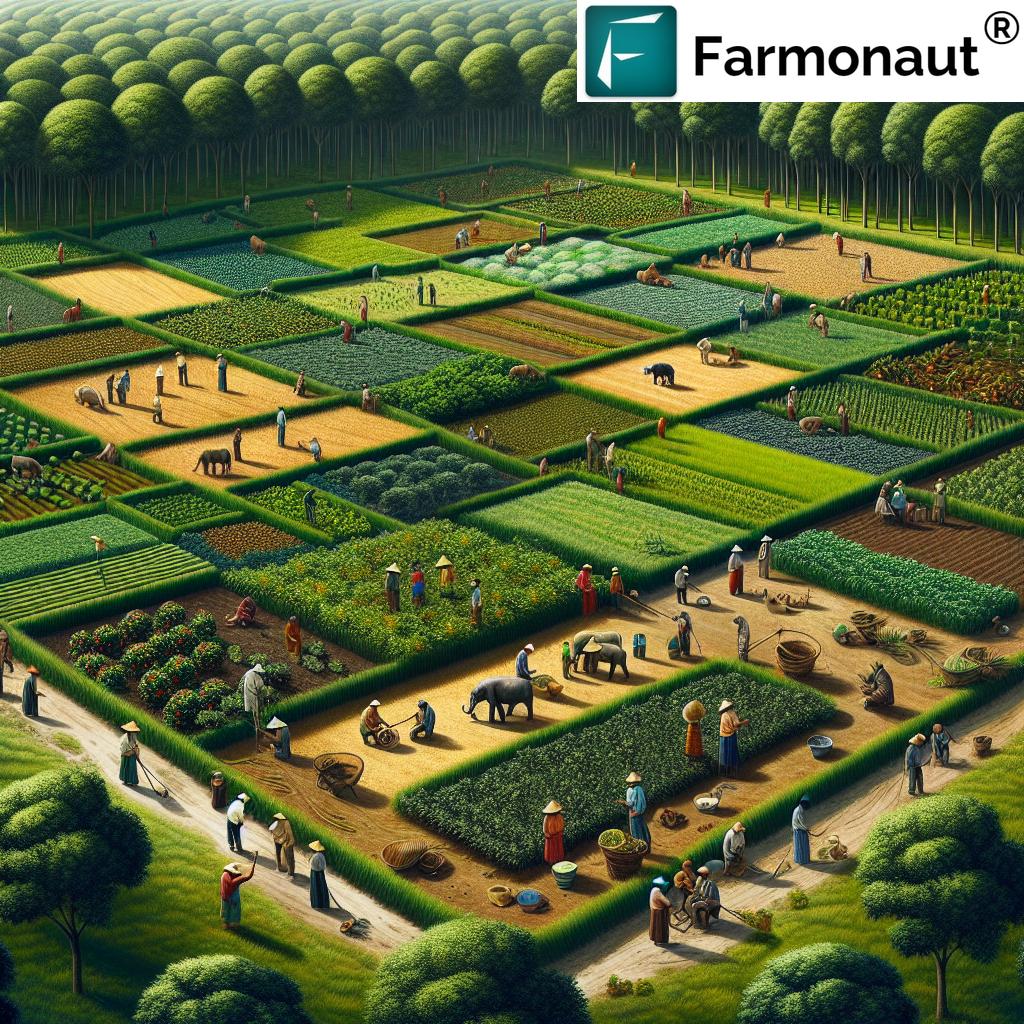Wheat Growth Cycle: 7 Key Stages for Optimal Yield Success
“Wheat reaches its peak grain filling stage between 20-30 days after flowering, crucial for maximizing final yield.”
Introduction: Understanding Wheat Growth Stages & Optimal Conditions for Yield
Wheat (Triticum aestivum) stands as one of the most widely cultivated staple crops worldwide, forming the backbone of global food security and a primary source for food, livestock feed, and versatile industrial products. With billions depending daily on wheat-derived foods, optimizing wheat growth and yield remains a critical pursuit for farmers and agricultural professionals.
Understanding the wheat growth stages isn’t just academic — it’s the cornerstone of effective wheat crop management, enabling interventions that bolster yield, quality, and sustainability.
This comprehensive, step-by-step guide explores the 7 key growth stages in the wheat cycle, detailing optimal soil and moisture requirements, essential crop management practices, and environmental factors affecting wheat yield. We’ll provide integrated management insights, state-of-the-art technology options for monitoring wheat (such as Farmonaut’s satellite-based solutions), and actionable advice for maximizing wheat yields from germination to harvest.
Wheat Growth Stages Overview Table
| Stage Number/Name | Estimated Duration (Days) |
Key Characteristics | Recommended Management Practices | Ideal Soil Moisture (%) | Impact on Final Yield (%) |
|---|---|---|---|---|---|
| 1. Germination & Seedling Establishment | 7–14 | Seed absorbs water, coleoptile & first leaf emerge, root system develops | Ensure optimal seedbed preparation, sow at correct depth & time, irrigate as needed | 60–70 | 10–15 |
| 2. Tillering | 30–50 | Development of side shoots (tillers), plant canopy increases | Adequate nutrient & water supply; monitor weed & pest pressure | 60–70 | 20–25 |
| 3. Stem Elongation | 14–21 | Internodes lengthen; plant height increases; head primordia form inside stem | Optimize irrigation, ensure N-fertilizer availability, pest/disease monitoring | 65–75 | 15–18 |
| 4. Booting | 10–14 | Head enclosed in flag leaf sheath, head size finalized | Protect from pests (especially armyworm), avoid water stress | 70–80 | 10–12 |
| 5. Heading & Flowering (Anthesis) | 7–10 | Head emerges, flowering/anthesis begins, pollination/fertilization | Monitor temperature, avoid drought, optimize pest/disease management | 65–75 | 15–17 |
| 6. Grain Filling & Ripening | 20–30 | Kernels develop, accumulate starch & protein, gain weight | Maintain water supply, pest & disease control, avoid heat/drought stress | 60–70 | 18–22 |
| 7. Maturity & Harvest | 7–14 | Grains hardened, plant senesces, optimal harvest time | Monitor grain moisture, harvest promptly to avoid shattering | 40–50 (pre-harvest) | 10–15 |
1. Germination and Seedling Establishment: The Foundation of Wheat Yield
Wheat seed germination marks the commencement of the growth cycle, critically influencing succeeding stages and final yield. Following precise sowing in well-prepared fields, optimal soil temperatures (50–86°F/10–30°C) and adequate moisture content are prerequisites for quick, even emergence.
- Seed Absorption & Swelling: Wheat seeds take up water from the soil, swell, and the germination process begins. This absorption activates enzymes necessary for growth.
- Radicle Emergence: The embryonic root (radicle) emerges first to anchor the plant and commence nutrient uptake.
- Coleoptile Growth: The coleoptile (a sheath protecting the shoot) pushes through the surface, then ceases growth as the first true wheat leaf appears.
For best results, ensure even seed coverage, correct depth (2.5–5 cm), and proper irrigation. Rapid and uniform seedling establishment sets the stage for robust tillering, healthy leaves, and resilient wheat plants.
Tip: Monitor soil temperature prior to sowing. Modern tools like Farmonaut’s crop monitoring platform deliver real-time soil and moisture data for targeted pre-planting decisions.
Soil requirements for wheat cultivation:
Wheat thrives in loamy to clay-loam soils that are well-drained and rich in nutrients. Soil pH optimally ranges between 6.0 and 7.5. For optimal wheat growth, address any subsoil acidity and compaction, and ensure adequate water availability at sowing.
2. Wheat Tillering Stage: Building Foundation for High Yield
Tillering is a pivotal wheat growth stage, commencing after the plant produces 3 to 4 leaves. During this period, the plant develops multiple tillers (side shoots) from the basal nodes—each potentially forming a wheat head that carries grains.
- Tiller Formation: The number of productive tillers largely determines maximum yield potential per unit area.
- Resource Competition: Proper nutrient and water availability at this stage minimizes competition and fosters uniform development.
- Management Practices: Maintain weed-free conditions and supplement with nitrogen if necessary to boost tiller survival and vigor.
Optimal Conditions: Air temperatures of 55°C–75°F (13–24°C) and consistent moisture availability foster robust development.
Timely interventions during the wheat tillering stage have a direct, lasting effect on the number of spikelets per head, fertilizable florets, and ultimate grain count.
Precision Monitoring: Our Large Scale Farm Management tools offer satellite-driven analytics to track crop canopy, detect tiller density variances, and deliver management alerts—enabling precise fertilization and irrigation strategies.
“Optimal soil moisture during the booting stage can increase wheat yield by up to 15% compared to water-stressed crops.”
3. Stem Elongation: Establishing Wheat Canopy and Head Formation
After tillering, plants enter the stem elongation stage (jointing). The primary shoot and tillers grow taller as the internodes (sections between plant nodes) lengthen, forming a robust canopy for energy capture.
- Node Appearance: The first node is visible just above the soil, signaling stem elongation starts. Each successive node supports new leaves and the developing head.
- Photosynthetic Efficiency: A dense canopy maximizes light interception and energy conversion, supporting grain and biomass development.
- Moisture & Nutrient Demand: This period sees a surge in nutrient and moisture requirements—deficiencies can stunt growth or reduce spikelet fertility.
Key Practice: Ensure irrigation and nutrient top-ups coincide with this stage. Use Farmonaut Carbon Footprinting tools to monitor input efficiency, minimize losses, and support sustainable wheat cultivation.
4. Booting: The Critical Pre-Flowering Wheat Growth Stage
The booting stage signals the wheat head’s rapid development and the finalization of spikelet and floret number. The tiny wheat head (inflorescence) remains enclosed within the sheath of the flag leaf.
- Head Development: The wheat head finishes forming hidden inside the sheath, determining the theoretical maximum grain count.
- Flag Leaf: This is the highest leaf on the stem and critically important. The flag leaf supplies up to 75% of the energy needed for future wheat grain filling.
- Pest and Disease Monitoring: Protecting the developing head against pests (especially armyworm) and diseases is vital.
Moisture Management: Water deficits at this stage, just as the grain ¬number is being set, can severely reduce yield. Aim for soil moisture at 70–80% field capacity.
Remote Monitoring: Leverage satellite crop monitoring and fleet management by Farmonaut for detecting stress signatures unseen from the ground, ensuring timely irrigations and in-field checks.
5. Wheat Heading and Flowering Period (Anthesis): Grain Setting Phase
The heading and flowering (anthesis) stages are the wheat crop’s reproductive climax; they determine the final number of grains developed on each head.
- Heading: The wheat head begins to emerge from the flag leaf sheath. The process is described by clear sub-stages (10.1 to 10.5) — from awns visible to full head exposure.
- Flowering (Anthesis): Within a few days of heading, flowering commences. This generally lasts 4–5 days, with pollination and fertilization determining grain set.
- Temperature Sensitivity: Wheat flowering period is highly sensitive to temperatures (optimal range: 64–75°F / 18–24°C) and drought. Any stress during anthesis can severely impact grain numbers and quality.
Best Practices: Ensure optimal irrigation is available, closely monitor for pests and diseases, and validate that no chemicals are applied that could disrupt pollination. Technologies like Farmonaut Traceability empower wheat growers to securely track and document inputs and harvest quality for supply chain transparency.
Remember: Conditions at heading and anthesis are arguably the most decisive for maximizing yield and grain quality.
6. Wheat Grain Filling and Ripening: Maximizing Kernel Weight & Quality
Following pollination, wheat enters wheat grain filling — the culminating growth stage where kernels accumulate starch and proteins, gaining weight and nutritional value. Efficient wheat grain filling is key to high yield and top grain quality.
- Kernel Development: Wheat kernels enlarge, moisture declines progressively from about 80% down to 20–25% by harvest, and protein/carbohydrate deposition occurs.
- Ripening: As ripening advances, the plant senesces. Leaves yellow and die back while kernels harden (approaching physiological maturity).
- Water and Temperature Criticality: Drought or heat stress during this period shortened kernel fill, lowering yield. Optimal moisture and moderate temperatures produce plumper, heavier grain.
Management: Sustain soil moisture, continue disease and pest surveillance, and time fertilizer applications carefully so nutrients are available but not excessive. Using satellite-based verification for crop insurance and loans (available through Farmonaut) reduces risks from unpredictable weather and helps safeguard harvest value.
Did you know? Accurate prediction of wheat maturity and kernel fill can be achieved through multispectral NDVI data, now accessible via Farmonaut’s real-time monitoring suite for all users including smallholders and government projects.
7. Wheat Maturation and Harvest: Securing Maximum Yield
Maturity is the final stage of the wheat growth cycle, marking the point when further grain filling ceases and kernels have reached harvestable moisture content (usually 12–15% for safe storage).
- Physical Signs: The crop turns golden brown, stems become brittle, and most leaves are dry.
- Kernels: At physiological maturity, kernels are hard, difficult to divide with a thumbnail, and break cleanly.
- Optimal Harvest Timing: Prompt harvest prevents grain shattering and loss due to storms, pests, or late-season diseases. Delayed harvest results in declining quality and yield.
Modern Monitoring: Utilize satellite-based predictions and field-level alerts from Farmonaut to optimize harvest scheduling across large wheat areas.
Quality Control: Secure traceable, high-quality wheat by recording maturity and harvest data via blockchain-enabled Farmonaut tools, providing transparency for buyers and processors.
Access Farmonaut’s Satellite & Weather Data API
| API Developer Docs
Farmonaut’s Advanced Precision Farming Platform
Farmonaut is at the forefront of agricultural innovation, offering advanced satellite-based farm management solutions accessible via web, Android, iOS, and API integration. Our mission is to make precision agriculture affordable and practical for farmers, agribusinesses, and policy makers.
- Satellite-Based Crop Health Monitoring: Using multispectral imagery, monitor crop health, detect stress, analyze vegetation indices (NDVI), and map soil moisture levels for timely interventions at every wheat growth stage.
- AI-Driven Advisory (Jeevn): Get real-time insights and customized advisories for optimal wheat management, matched to local weather, developmental stage, and risk factors.
- Blockchain Traceability: Securely record, track, and prove every input and output in the wheat supply chain, from seed selection to harvest, increasing consumer confidence. Learn more about Farmonaut Traceability Solutions.
- Fleet & Resource Management: Optimize the deployment of agricultural machinery for efficiency, cost savings, and timely harvest with Fleet Management tools.
- Carbon Footprinting: Monitor, benchmark, and minimize the environmental impact of wheat cultivation with real-time carbon accounting and reporting features.
- Crop Loans & Insurance: Accelerate access to agricultural finance with remote verification and risk assessment based on satellite data.
Key Environmental Factors Affecting Wheat Yield
Every phase of the wheat growth cycle is influenced by specific environmental factors. Effective management depends on understanding and anticipating these variables:
-
Temperature: Wheat is a cool-season crop, yet different growth stages have unique optimal temperature ranges:
- Germination: 50–86°F (10–30°C)
- Tillering: 55–75°F (13–24°C)
- Heading & Anthesis: 64–75°F (18–24°C)
- Grain Filling: 64–86°F (18–30°C)
Frost events during flowering and grain fill can lead to serious yield reduction.
- Water Availability: Consistent soil moisture is required for seedling establishment, tillering, booting and especially wheat grain filling. Acute drought spells can cause “shriveled heads” or poor kernel development, making irrigation management crucial.
- Soil Fertility: Nutrient-rich and well-structured soils (pH 6.0–7.5) enable robust growth. Address phosphorus and nitrogen deficiencies prior to and during stem elongation and tillering.
- Light: Wheat needs abundant sunlight for efficient photosynthesis, especially at the flag leaf and stem elongation phases.
- Other Factors: Pests, diseases, soil compaction, and weed competition can seriously limit yield if not addressed with targeted wheat crop management.
Wheat Crop Management: Best Practices for Each Key Growth Stage
-
Pre-Sowing:
- Test and amend soil as required (soil requirements for wheat cultivation).
- Use certified, disease-free seed for even emergence.
- Plan variety and sowing date to fit local seasons for optimal conditions for wheat growth.
-
Germination/Seedling:
- Maintain moist, aerated soil for wheat seed germination process.
- Monitor for and control soil-borne pests and diseases.
-
Tillering:
- Apply split nitrogen fertilization and manage weeds for maximum wheat tillering stage success.
-
Stem Elongation & Booting:
- Timely irrigation supports head and stem development, vital for high yield.
- Scout for signs of fungal and insect attacks, intervene swiftly with recommended methods.
-
Heading and Flowering:
- Avoid pesticide sprays that may harm pollinators; refrain from field traffic during anthesis.
- Keep soil moisture stabilized to ensure kernel set and reduce sterility risk.
- Monitor weather closely—heat waves and frost are most damaging now.
-
Grain Filling & Ripening:
- Sustain irrigation to avoid heat/drought stress until physiological maturity.
- Continue disease and lodging surveillance.
-
Maturity/Harvest:
- Plan harvest immediately upon reaching safe moisture content (12–15%).
- Protect harvested grain from rain, pests, and mechanical losses for top quality.
FAQ: Wheat Growth Cycle & Management
What are the seven main wheat growth stages?
The seven key stages are: Germination and Seedling Establishment, Tillering, Stem Elongation, Booting, Heading and Flowering (Anthesis), Grain Filling and Ripening, and Maturity and Harvest.
How do soil and moisture management influence wheat yield?
Soil requirements for wheat cultivation include good drainage, optimal pH, and sufficient nutrients. Uniform moisture availability at germination, tillering, booting, and especially grain filling, maximizes yield and grain quality.
What environmental factors most affect wheat quality and productivity?
Temperature and water availability during wheat heading, flowering, and grain filling are most critical. Sudden drought, heat waves, or frost during these phases can cause irreparable yield loss.
How can technology help manage wheat growth stages?
Advanced tools, like Farmonaut’s crop monitoring platform, provide real-time satellite monitoring, precise weather forecasting, AI-powered advisories, and blockchain traceability, thus supporting better decisions across all growth stages.
When is the ideal time to harvest wheat?
Harvest when grain moisture reaches 12–15%, kernels are hard, and plants have turned golden. This prevents losses from shattering and maintains grain quality.
Conclusion: Mastering the Wheat Growth Cycle for Optimal Yield Success
To achieve optimal wheat growth and consistently high yields, it’s vital to understand and precisely manage the distinct stages of the wheat crop cycle—from seed germination through to maturity and harvest. Each phase brings unique soil, moisture, and temperature requirements, and is vulnerable to different environmental factors.
Effective wheat crop management requires:
- Continuous monitoring of plant development (with advanced technology where possible).
- Proactive response to environmental challenges like drought, pests, and disease outbreaks.
- Adopting precision tools—such as Farmonaut’s satellite-based crop and soil analytics—for smarter, timely decisions.
- Recording, tracing, and verifying inputs and harvest data for transparency and market access.
- Optimizing every stage according to its critical impact on final yield and grain quality.
Whether you’re an individual farmer, agribusiness manager, or working in agricultural policy, mastering the wheat growth stages ensures that every input translates to maximum yield, profitability, and sustainability. Embrace advanced agri-technology, educate your practice with stage-specific interventions, and safeguard global food supply for generations to come.


